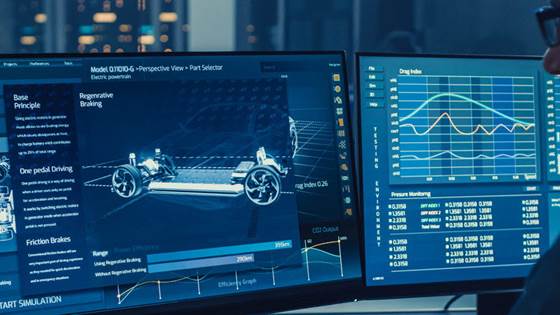
Virtual-FCS - VIRTUAL & physical platform for Fuel Cell System development
The main aim of the VIRTUAL-FCS project is to make the design process of hybrid fuel cell and battery systems easier, cheaper and quicker.

The main aim of the VIRTUAL-FCS project is to make the design process of hybrid fuel cell and battery systems easier, cheaper and quicker.
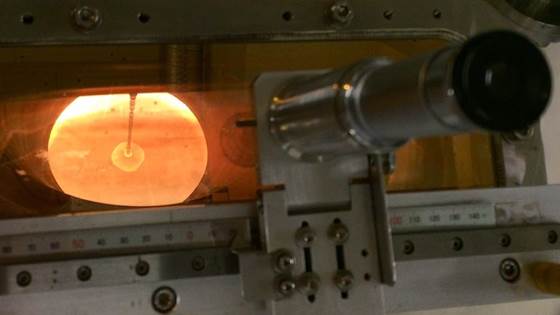
The SUCCESS project aims to reduce oxygen levels in the crystal by at least 50%. It will be achieved through external control of melt stirring and thus transport of oxygen by periodically variation of the crystal and/or crucible rotation. The basic...
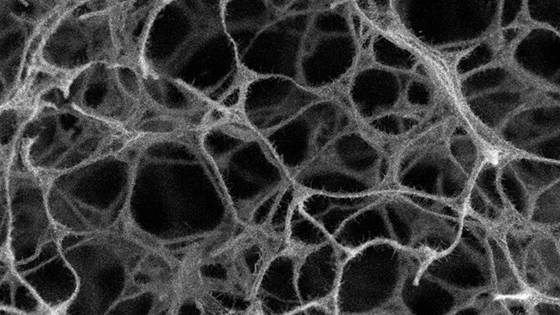
The HELiS project is a collaboration between Graphene Batteries AS and SINTEF which aims to develop and demonstrate an industrially scalable Lithium Sulfur battery with high capacity and enhanced lifetime.
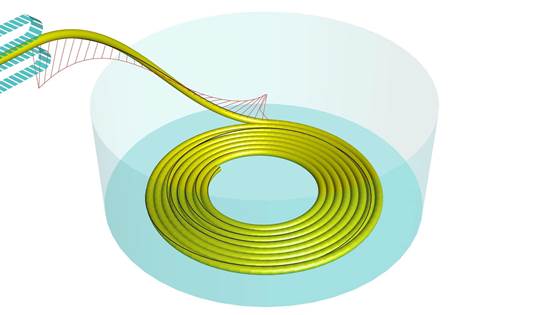
Torsion issues during handling of cables, flexible pipes and umbilicals.

Proton Exchange Membrane Electrolysers (PEME) are widely used to make hydrogen gas from renewable energy. As the demand for hydrogen as a fuel grows, lower cost electrolysers are needed. The CoDe-PEM project aims to contribute towards the development...

The overall objective of ENERLYTE is to generate knowledge of liquid, polymeric and composite based of electrolytes suitable for high voltage Li-ion batteries.
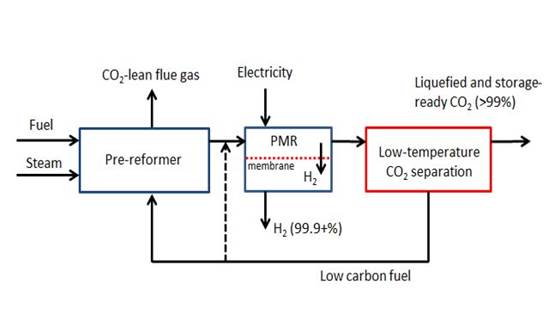
The MACH-2 project will develop and demonstrate the potential of an innovative hybrid technology for H2 production with CO2 capture enabling high carbon capture rates with high purity CO2 and H2 and a hydrogen cost comparable to conventional...

The aim ogf the project is to produce magnetic materials with superior and long-lasting magnetic properties based on high entropy alloys (HEA), using machine learning and additive manufacturing for materials selection and synthesis as well as high...

As many European countries, Norway has still a significant length of non-electrified railways. New technologies like hydrogen fuel cells and batteries can be a better option than expensive catenary lines.
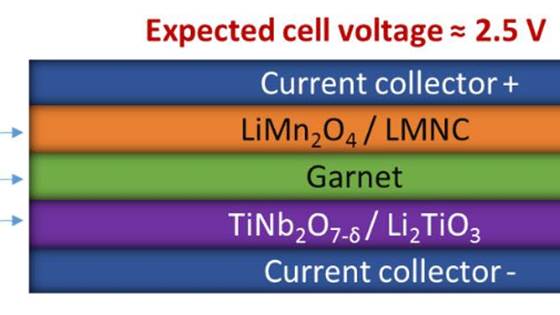
In the research project OxiBat, we aim to design, develop and test new oxide-based all solid-state batteries (ASSB) with long lifetime and low degradation during operation. Development of ASSB is important since these are fireproof and...

In the project DiaMApp we will solve fundamental questions about the mechanisms operating during diamond wire sawing of high performance multicrystalline silicon and how the surface can be treated to achieve black silicon for high efficiency solar...
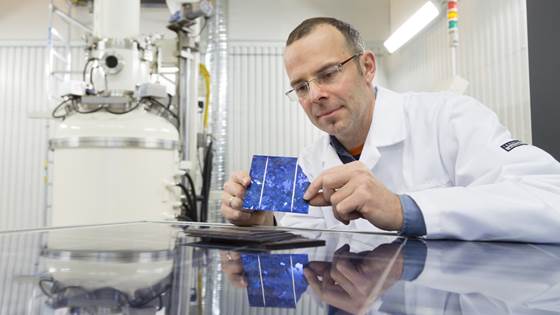
PVADAPT will provide greener cities through cheaper and simpler solar cell systems.
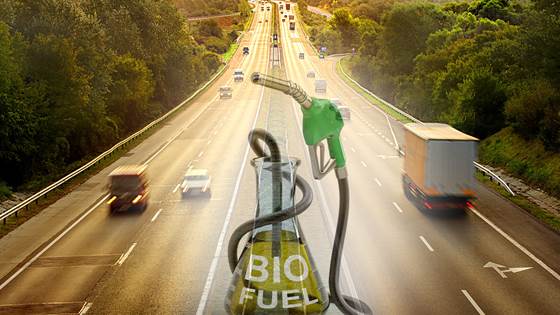
The objective of WASTE2ROAD is to develop a new generation of cost-effective biofuels from a range of low-cost biogenic residues and waste fractions (contaminated wood, black liquor from pulp and paper industry, and municipal solid organic waste incl...
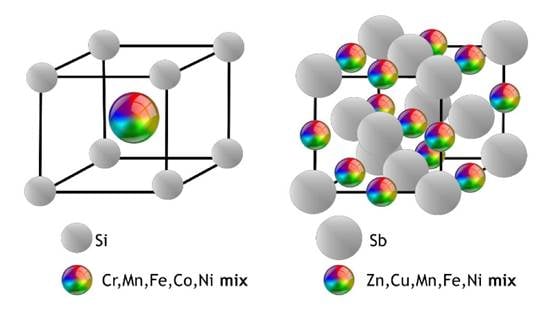
The goal of ANSWER is to develop thermoelectric materials with impact on global energy management by stabilizing with entropy new covalent compounds.
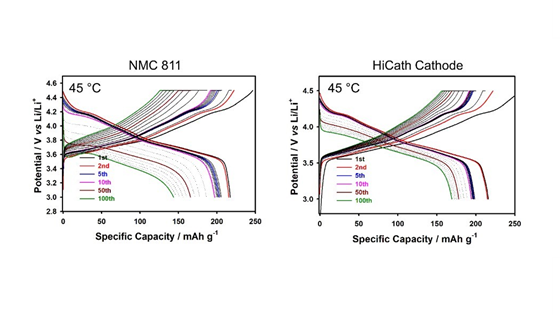
The main objective of HiCath is to develop a high energy cathode for Li ion batteries (high voltage and high capacity) based on oxide materials and modifications of these. We aim to develop Ni-rich layered oxides with protective and functional...
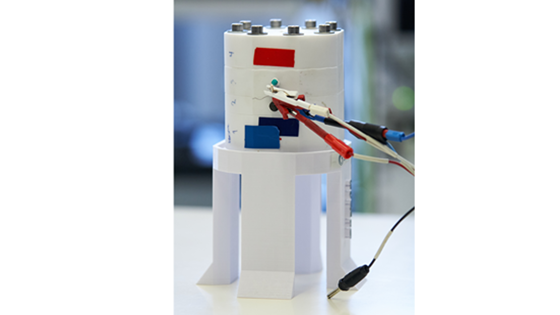
In SEAMAG we are developing an environmentally benign magnesium/air battery prototype that uses seawater as the electrolyte for use in marine subsea conditions to provide power for dedicated applications.
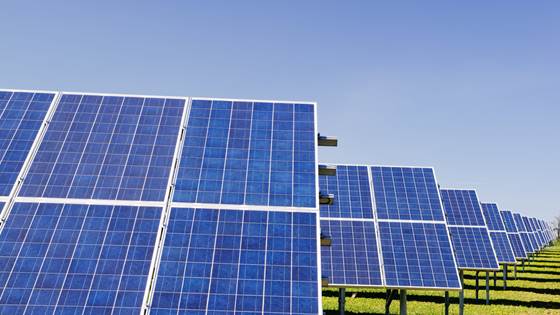
SUPER PV is pursuing an ambitious bus realistic goal for innovative PV system cost reduction and consequently significant LCOE reduction (26%-37%) by adopting hybrid approach combining technological innovations and Data Management methods along the...
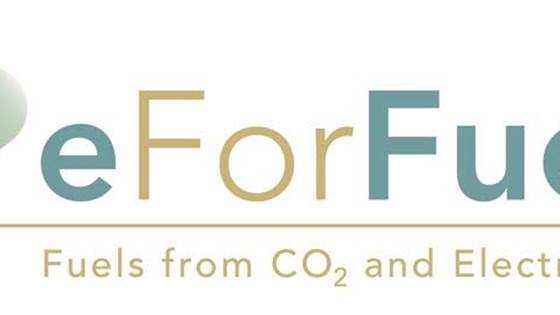
For biorefined fuels to fully replace fossil carbons, we must identify feedstock sources which are essentially unlimited in capacity and scalability and are independent of agriculture and forestry land use. Here, we propose to use electricity...